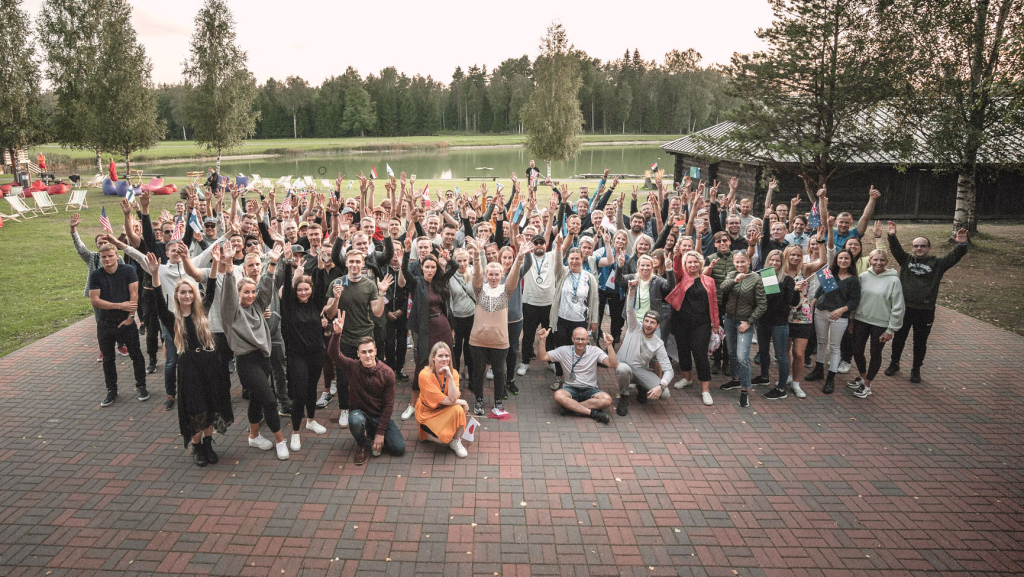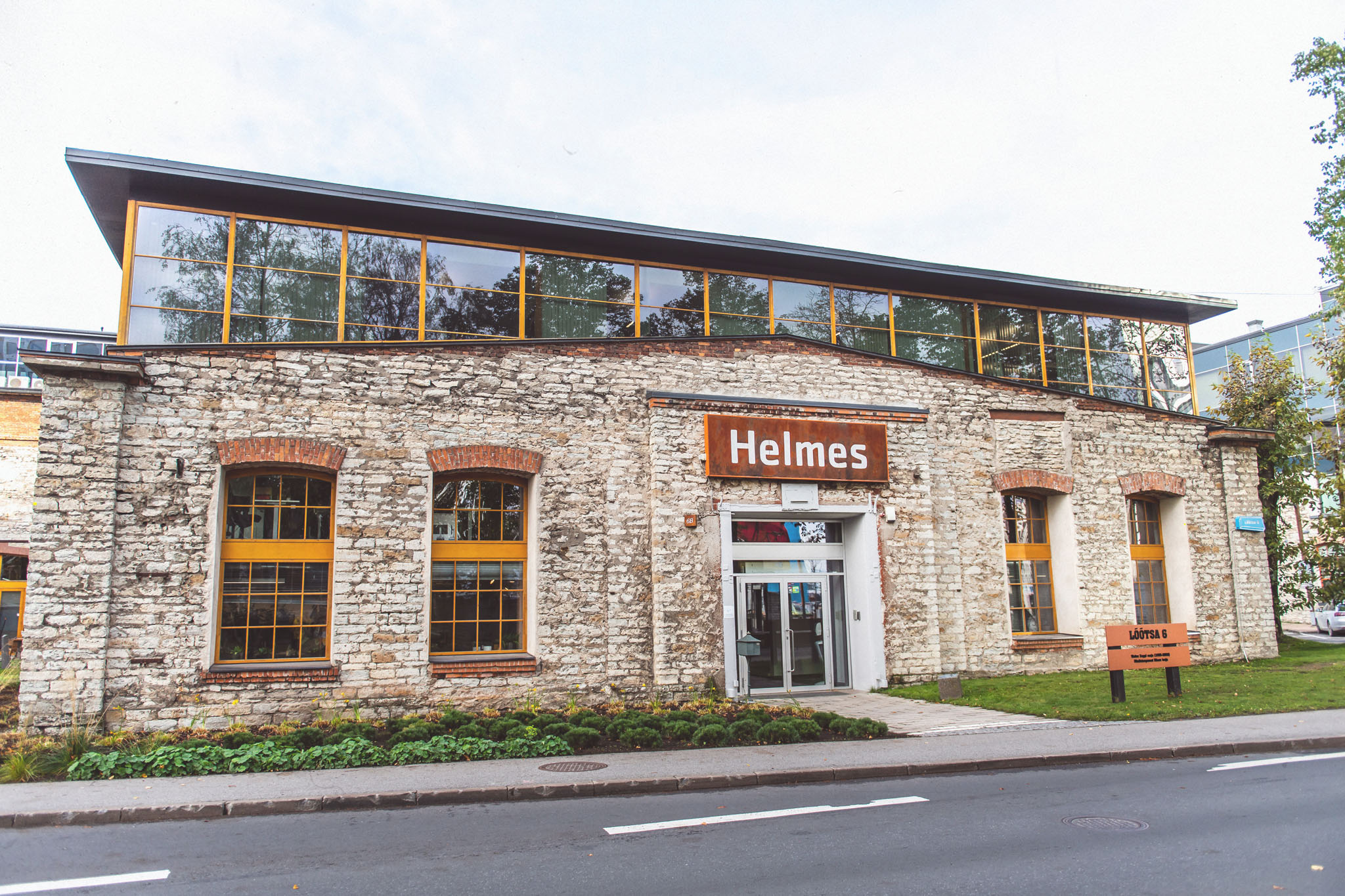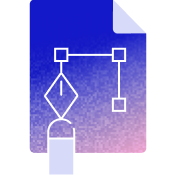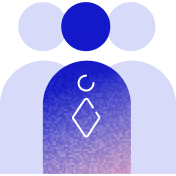

Software development as a service
We help companies achieve faster time-to-market with exceptional quality. Our dedicated development teams act as an extension of your own, speeding up development and reducing costs. Focus on your core business while we handle the software development.
Trusted SDaaS partner





Unlock efficiency with The Helmes Way
For decades, we’ve polished The Helmes Way, a unique SDaaS methodology that prioritizes building software that directly fuels your business growth.
This proven approach goes beyond traditional outsourcing models, delivering exceptional results with significantly improved efficiency in both project delivery and total ownership costs.
Talking tech
While possessing a vast technology stack is commonplace, our approach goes beyond mere access. Our teams excel in the strategic selection and integration of multiple technologies. This expertise ensures that your single, business-critical goal is achieved with the optimal solution, maximizing efficiency and minimizing risk.
Building success through a world-class software teams
At Helmes, we understand that exceptional SDaaS delivery hinges on a highly motivated and empowered workforce. This is why we’ve cultivated a world-class work environment that attracts and retains top IT talent.
Long-Term Career Development: We invest heavily in our employees, providing ten-year career development paths designed to foster expertise and fuel innovation. This translates into a team with unmatched experience and stability, ensuring consistent excellence in your SDaaS project.
Supportive Ecosystem for Growth: We go beyond talent acquisition – we nurture it. Our collaborative environment fosters knowledge sharing and teamwork, allowing our team to thrive on the variety of client projects and industry expertise within Helmes. This translates into a deep understanding of your business needs and the ability to deliver optimal SDaaS solutions.
Balanced Life & Well-being: We prioritize the well-being of our employees, fostering a healthy work-life balance. A happy and healthy team is a productive team, ensuring the successful execution and ongoing support of your SDaaS project.



Ready to drive digital transformation with SDaaS?
Let’s discuss how our comprehensive SDaaS solutions can empower your company to achieve its digital transformation goals. Contact any of our experts or reach out to info@helmes.com to schedule a consultation.









Long-term partnerships built on exceptional service
Our top 15 clients, medium and large enterprises like yours, have partnered with us for over a decade, entrusting us with their core business software development.
This loyalty speaks volumes about our exceptional service quality, reflected in our industry-leading Net Promoter Score (NPS) of over 65 (compared to the industry benchmark of 30).
We go beyond simply building software – we foster long-term, collaborative partnerships. Our SDaaS approach delivers early insights and exceeds expectations with successful results.
Clients consistently rank us as their preferred external development partner, a testament to the value we deliver through our SDaaS solutions.